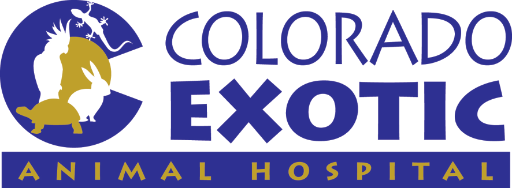Budgerigars (Parakeets)

Budgerigars, also known as budgies or parakeets, are one of the most common parrots in captivity. Despite their small sizes, these birds pack powerful personalities. Hand-raised budgies can be great companions and many even are very good talkers and mimics. Budgerigars need a lot more care to stay healthy than most people expect. A balanced diets (not just seeds), spacious cages with different heights of perches and different diameter perches, access to ultraviolet-B radiation, and regular baths are needed to stay in peak condition.
A budgie needs lots of opportunity for climbing and hopping around its cage. Perches should be placed at different levels so that your bird can fully explore the cage. A variety of perch diameters, shapes and textures should be used for the most appropriate foot health. Budgies appreciate toys in their cage to interact with. Many appropriate toys can be found at pet stores. In particular, budgies seem to enjoy shredding paper and small pieces of wood. Notebook paper, paper towels, or plastic bottle caps (such as from the top of a 2 liter soda bottle) are other readily available home-made toys. Avoid toys with mirrors as some budgies become obsessed with them and treat their image as a mate. Avoid toys with metal pieces unless you are sure the metal is non-toxic. Do not use charm bracelets or other metal trinkets as they may have dangerous metals such as zinc and lead that can be deadly if chewed.
Like other birds, it is recommended that budgies get exposed to sunlight in order to adequately make vitamin D3 in the body and then absorb calcium from their diet. Placing a bird near a window is not sufficient for this because glass will block the ultraviolet-B rays. Taking your budgie outside for access to unfiltered sunlight is the best way to provide it with all the necessary ultraviolet-B rays it needs. When going outside however, you must ensure the safety of your bird and not allow it to fly away or get overheated. If you do not have a safe way to give your budgie access to unfiltered sunshine, a safe alternative is to provide a lamp that emits ultraviolet-B, such as Zoomed's Avisun 5.0 bulb. These lights should be 12-18 inches from the bird and used for around 6 hours a day.
Most commercial budgerigar diets are made of seeds. Unfortunately, seeds do not provide balanced nutrition and lack adequate levels of vitamin A, iodine, and many proteins. Over time, these diets can lead to problems such as abnormal fat deposits (lipomas), problems with egg-laying and abnormal bone growth (calcium deficiencies). A nutritionally complete pelleted diet is recommended as the main part of the diet with fresh vegetables, fruits and grains making up the remainder. To learn more about general diet recommendations for psittacines click here. It is important to note that some budgerigars require less pellets in the diet and do better when they have some seed mixed in. Although this seems to be the case more for the color mutation budgerigars, it is still slightly unpredictable which birds will develop these issues. Therefore, it is a good idea to make diet changes under the supervision of a veterinarian. For budgies that can't tolerate a large amount of pellets in the diet, there are some seed-based diets that are good choices, such as Lafeber's Nutriberries and Avi-Cakes. If you are switching your budgerigar to a pellet diet and need some help please refer to our handout on tips for diet conversion here. If a budgerigar is only eating unsupplemented seeds, it is important to give vitamin and mineral supplements. We recommend the supplement Bird Builder in the water in these cases and are happy to go over vitamin and mineral supplements that can help balance the seed diet.

